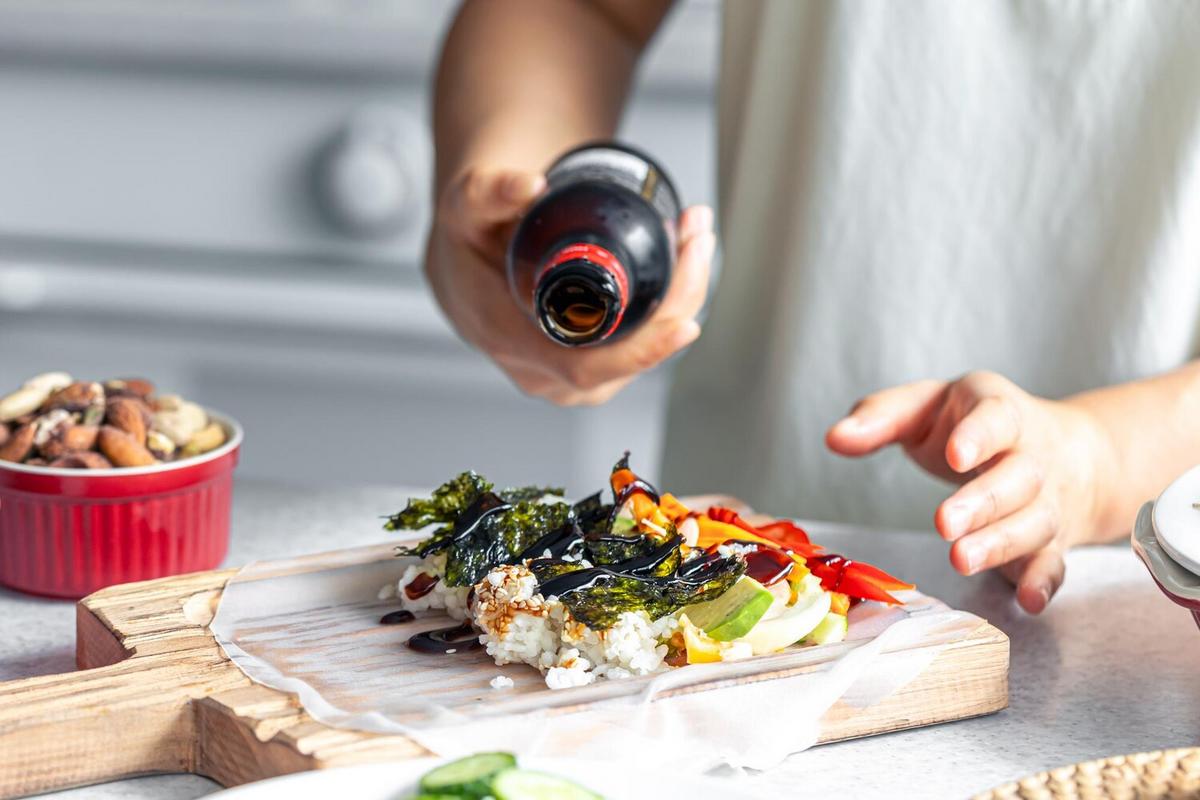Japanese cuisine is a symphony of flavors, textures, and visual beauty that has captivated food enthusiasts worldwide. While dining out at a traditional Japanese restaurant can be a delightful experience, there’s something incredibly rewarding about recreating these dishes at home. Not only does it allow for a deeper appreciation of the culinary arts, but it also brings the wonderful aromas and tastes of Japan right into your kitchen.
Why Make Japanese Dishes at Home?
Making Japanese dishes at home offers several benefits beyond the obvious enjoyment of delicious food. Firstly, cooking at home allows you to control the ingredients, ensuring that your meals are healthy and free from unnecessary additives. Additionally, learning to cook Japanese food can be a fun and educational experience, broadening your culinary skills and introducing you to new ingredients and techniques.
Expert Opinions
According to a study by the Japanese Ministry of Agriculture, Forestry, and Fisheries, Japanese cuisine emphasizes seasonal ingredients and balanced nutrition, which are key components of a healthy diet. Culinary expert Harumi Kurihara also highlights the simplicity and elegance of Japanese cooking, stating, ‘The beauty of Japanese cuisine lies in its ability to create complex flavors with minimal ingredients.’
Popular Japanese Dishes to Try at Home
- Sushi: Making sushi at home may seem daunting, but with a bit of practice, you can create beautiful and delicious rolls. All you need are sushi-grade fish, nori (seaweed), sushi rice, and your favorite fillings.
- Ramen: Homemade ramen allows you to customize the broth, noodles, and toppings to your liking. Start with a basic broth and add ingredients like miso, soy sauce, and various vegetables.
- Tempura: This dish involves deep-frying seafood or vegetables in a light batter. The key is to keep the batter cold and the oil hot for a crispy, non-greasy finish.
- Okonomiyaki: Often referred to as Japanese savory pancakes, okonomiyaki can be filled with a variety of ingredients like cabbage, pork, and seafood, and topped with a special sauce and mayonnaise.
- Teriyaki Chicken: A simple yet flavorful dish, teriyaki chicken involves marinating chicken in a mixture of soy sauce, mirin, and sugar, then grilling or pan-frying it to perfection.
| Dish | Main Ingredients | Cooking Time |
|---|---|---|
| Sushi | Sushi-grade fish, nori, sushi rice | 30-60 mins |
| Ramen | Noodles, broth, vegetables, meat | 1-2 hours |
| Tempura | Seafood, vegetables, tempura batter | 20-30 mins |
| Okonomiyaki | Cabbage, pork, seafood, batter | 30-45 mins |
| Teriyaki Chicken | Chicken, soy sauce, mirin, sugar | 30-45 mins |
| Miso Soup | Miso paste, dashi, tofu, seaweed | 15-20 mins |
| Gyoza | Ground pork, cabbage, dumpling wrappers | 30-45 mins |
| Onigiri | Rice, nori, fillings (e.g., salmon) | 15-20 mins |
Pro Tips for Cooking Japanese Dishes
When making sushi rice, rinse the rice thoroughly until the water runs clear to remove excess starch. This helps achieve the perfect texture.
For a richer ramen broth, simmer bones (pork or chicken) for several hours. This will extract maximum flavor and collagen, resulting in a creamy, flavorful broth.
Use a thermometer to monitor oil temperature when making tempura. The ideal frying temperature is between 320°F and 356°F (160°C and 180°C).
FAQs
Frequently Asked Questions
Do I need special equipment to make Japanese food at home?
While some dishes require specific tools like a bamboo sushi mat or a rice cooker, many Japanese dishes can be made with standard kitchen equipment.
Where can I find Japanese ingredients?
Many local grocery stores carry basic Japanese ingredients. For more specialized items, consider visiting an Asian grocery store or ordering online.
Conclusion
Creating Japanese dishes at home can be a fulfilling and enjoyable experience. With a bit of practice and the right ingredients, you can bring the authentic flavors of Japan to your kitchen. Start with simple dishes and gradually experiment with more complex recipes. Happy cooking!

Leave a Reply